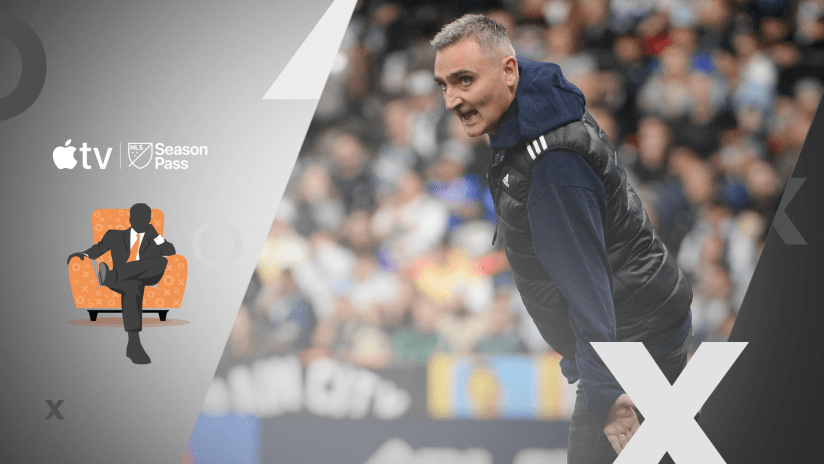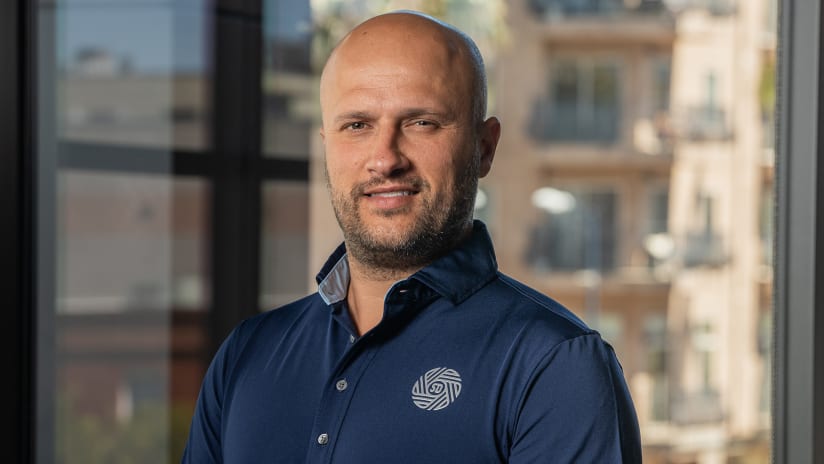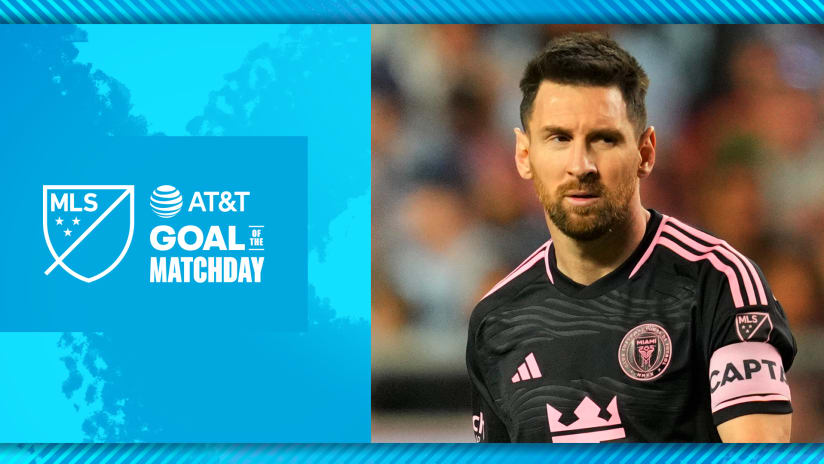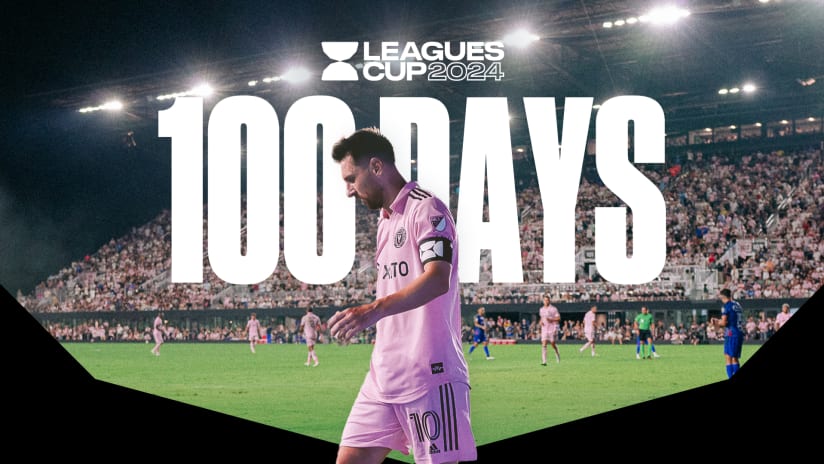"Paralysis by overanalysis" is the buzzy phrase I've heard used to describe this particular phenomenon, one in which a highly rated and often-scouted college player drops in the draft. You see a player long enough over the course of their career -- even against the best college soccer, or college hoops, or college hockey has to offer -- and you become so familiar with his weaknesses that you forget about his strengths.
Draymond Green. Nick Njugstad. Patrick Mullins. We were so familiar with them that we forgot what we knew about them.
Mullins had 47 goals during his college career, spanning from 2010 to 2013 at the University of Maryland. Somehow he went 11th in the 2014 SuperDraft.
Then he had a good-not-great rookie year with New England, which included an assist in the MLS Cup. Somehow he went unprotected in the 2014 Expansion Draft.
Then he had a solid first year with NYCFC, scoring six goals and adding four assists in 1,040 minutes. Here's a list of DP strikers who had significantly worse per-90 numbers than that last year, or this:
- Octavio Rivero
- Cubo Torres
- Nelson Valdez
- Kevin Doyle
- Sebastian Jaime
- Kennedy Igboananike
- Bryan Rochez
- Fernando Aristeguieta
- Innocent Emeghara
- Mauro Manotas
- Yura Movsisyan
I've written about Mullins a lot since his trade to D.C. United from NYCFC in July, and here's why: In seven games since coming to RFK Stadium, following United's 6-2 thrashing of Chicago on Saturday, Mullins has five goals and one assist. In the process D.C. have climbed from eighth in the conference up to sixth, and have -- temporarily, at least -- a four-point cushion over seventh-place Orlando City.
Mullins has now played just over 2,900 minutes in MLS, counting both the regular season and the playoffs, and he's up to 15 goals and eight assists. Doyle has nine goals and four assists in 3300 minutes. Igboananike, who's now Mullins's backup in D.C., has 11 and four in just about 3,500 minutes. Valdez, the Paraguayan international, is at just two goals and two assists in 1,350 minutes.
Those guys all got the benefit of the doubt from Day 1. It took three years and two changes of address for Mullins to find said benefit of the doubt despite the fact that he was scouted, that he takes up no DP slot and no international roster slot, and that he takes up minimal cap room.
I don't get it. At all.
I am often struck by a habitual impulse to underrate domestic talent, both Canadian and American. Orlando City, after all, used a DP slot on Rochez even though they had the No. 1 pick with which to take Larin, and C.J. Sapong so thoroughly outplayed Aristeguieta that the Venezuelan was an afterthought by May of last season and was given his walking papers in the winter. These are just two of many examples.
Don't misconstrue this as a blanket defense of college soccer, which has to change and might be in the process of doing so. The college route is far from an efficient development tool, and MLS teams are right to focus on their academies and USL teams instead of putting their eggs into the SuperDraft basket. Aiming to get star players through the draft is a fool's errand.
But the draft is not dead yet, and ignoring can be an exercise in opportunity cost. After all, that's where the likes of Larin and Mullins, Jack Harrison and Keegan Rosenberry came from.
You may not realize it, but all four of those guys I named are centerpiece-level MLS players. Here's a quick look at some of the underlying numbers for Mullins, calculated before the game against Chicago and sure to rise after it:
The one to focus on is the last column: expected goals + assists per 90 (read an explanation for expected goals HERE). Mullins is in the same neighborhood as guys like Robbie Keane and Diego Valeri in terms of attacking-third impact, and significantly ahead of guys like Didier Drogba, Movsisyan and Kei Kamara.
Not everything that can be measured has meaning, and not everything that means something can be measured, but in this case the numbers match the eye test: Mullins's strengths now are the same strengths he had in college. He scores, he sets up teammates, he helps his team win in myriad ways.
There was ample time for many coaches and technical directors to notice this, starting in autumn of 2010 and continuing over the subsequent five years. With his emergence in D.C., my guess is they're noticing it now.











